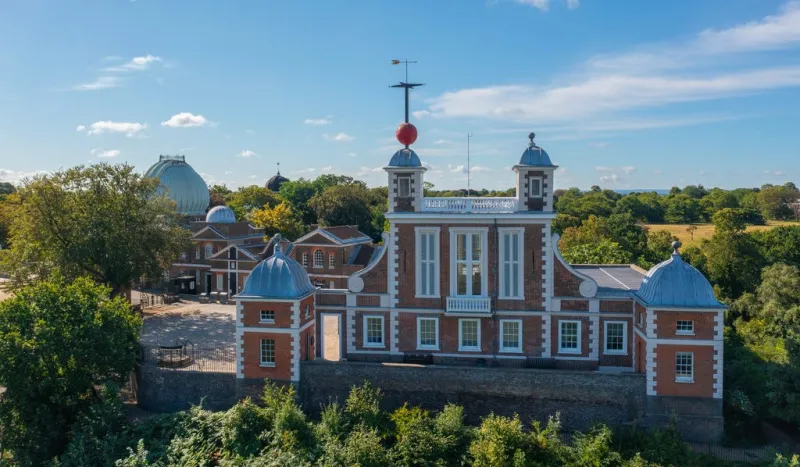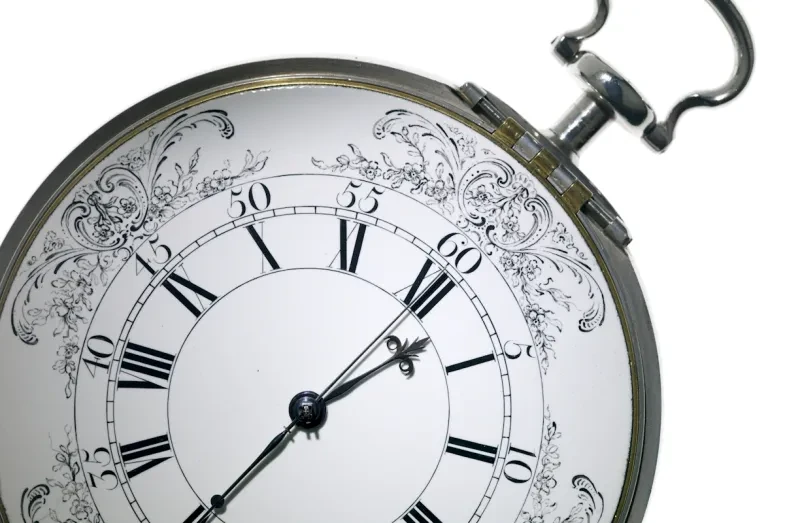
Essential information
| Location | |
|---|---|
| Price | Included with entry to the Royal Observatory |
| Free for Members . Not a Member? Join now |
The Prime Meridian was defined at the Royal Observatory Greenwich by the legendary Airy Transit Circle telescope.
The Airy Transit Circle telescope was designed by English mathematician and astronomer George Biddell Airy. The first observation was taken on 4 January 1851 and it remained in continual use until 1938 – though the last ever observation was taken in 1954. The transit circle still sits in its original mounting, in the Transit Circle Room at the Royal Observatory.
The telescope was recognised by astronomers as an instrument of great accuracy in its day, but its true importance dates from a conference held in Washington DC in 1884 to establish an international time-zone system. It was agreed that the cross-hairs in the eyepiece of the Transit Circle precisely defined Longitude 0° for the world and the start of the Universal Day.
To use the Airy Transit Circle, first the roof of the Royal Observatory was opened to allow the telescope to observe the sky. Next, a star was chosen for a measurement, and the telescope was tilted up to the angle of that star in the sky.
As the earth’s crust is moving very slightly all the time the exact position of the Prime Meridian is now moving very slightly too, but the original reference for the prime meridian of the world remains the Airy Transit Circle in the Royal Observatory, even if the exact location of the line may move to either side of Airy’s meridian.









